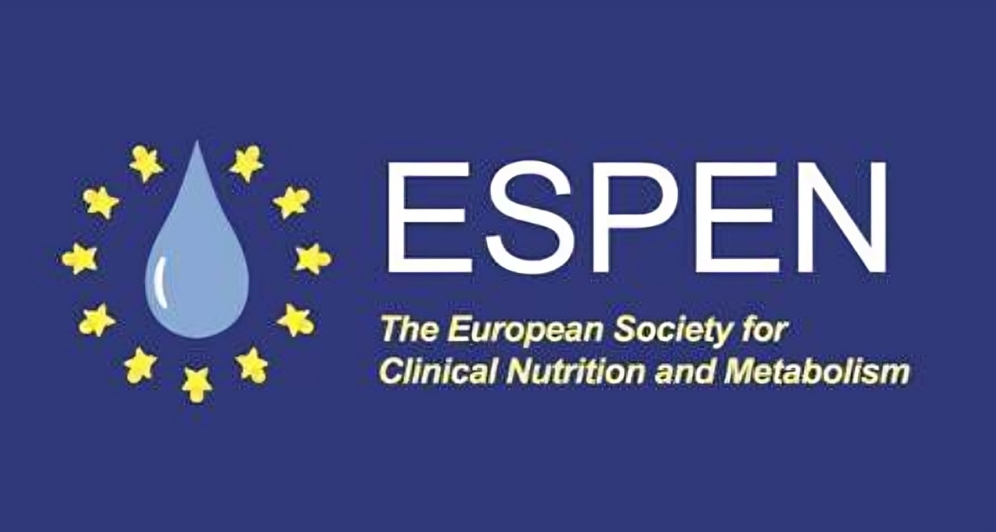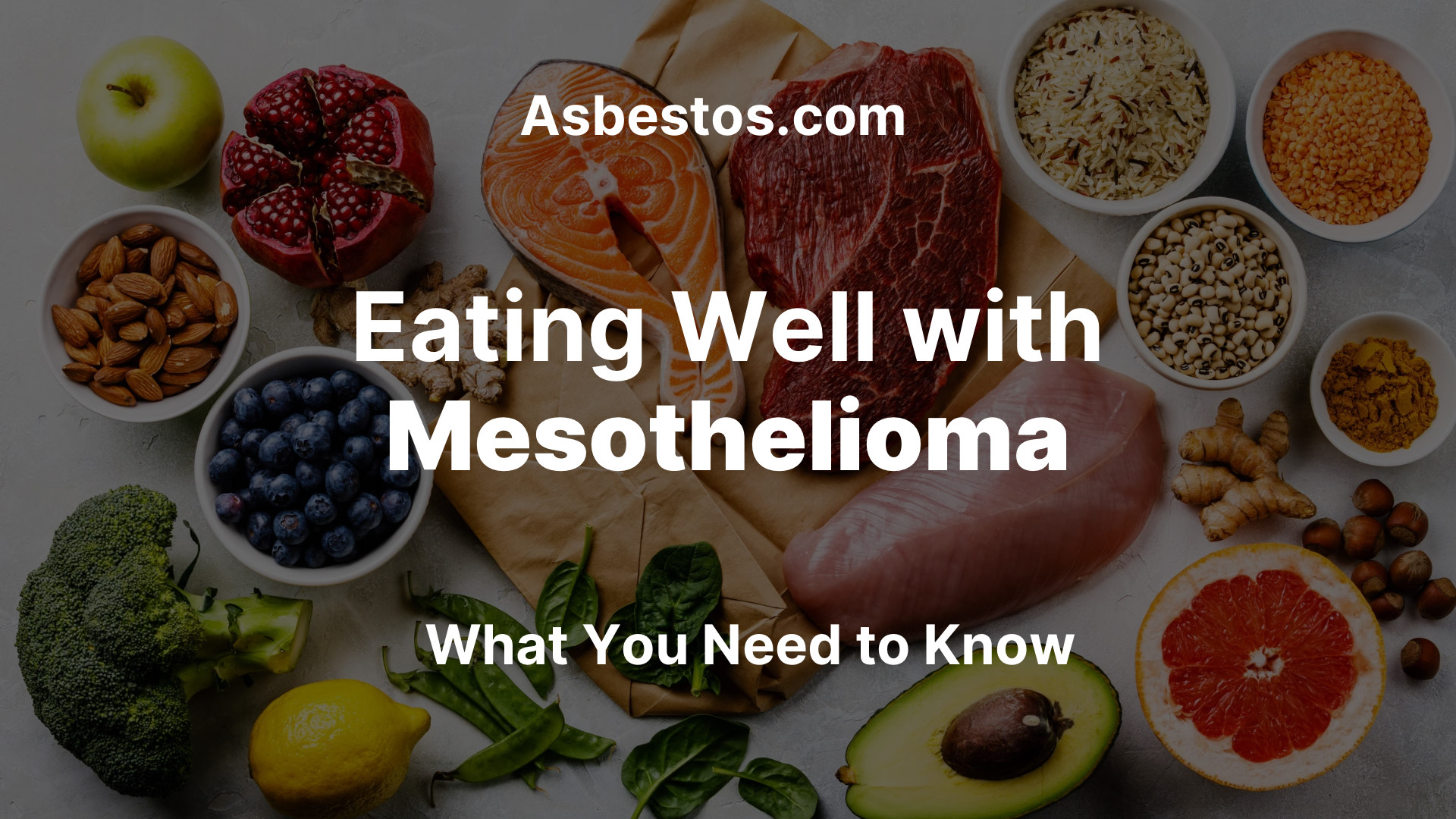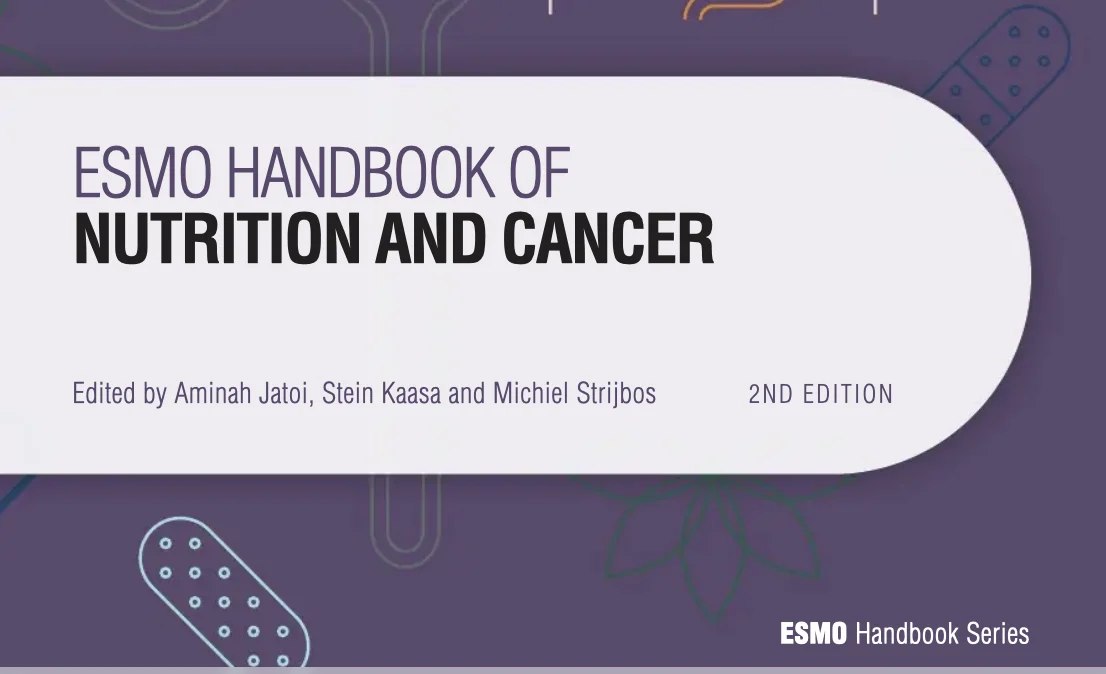For many people with cancer, the physical toll of treatment extends far beyond the disease itself. Malnutrition affects up to 70% of patients, undermining their ability to tolerate therapy and recover fully. Yet, only a small fraction receive specialized nutritional care.
In this interview, Katrien Van Laere, Chief Medical & Scientific Officer at Danone, discusses why “medical nutrition” should be considered an essential part of cancer treatment — not an optional add-on.
“Medical nutrition is food for specific medical purposes.”
Q: In simple terms, how do you explain “medical nutrition” to a patient and their family?
“Medical nutrition is basically food for specific medical purposes,” Van Laere explained.
“It’s designed for patients who have a nutritional gap that cannot be filled with normal food. These are scientifically formulated products, prescribed and supervised by doctors, and often enriched with energy, protein, or specific nutrients depending on the condition.”
She emphasized that medical nutrition is not a standalone therapy but part of the overall treatment pathway. “It’s meant to be taken together with the patient’s cancer treatment. We see it as an integral part of care — helping patients maintain strength and resilience throughout their journey.”
The European Society for Clinical Nutrition and Metabolism (ESPEN) recommends that most adults with cancer should receive 25–30 kilocalories per kilogram of body weight per day to maintain weight and support recovery during treatment. Protein needs are also significantly higher—often up to twice those of healthy individuals—yet less than half of patients meet these requirements, as shown in multiple studies (Prado et al., 2012; McCurdy et al., 2019; Stobaus et al., 2015).”

Nutrition matters before, during, and after treatment
Q: Where in the cancer journey does nutrition help most — before treatment, during, or after?
According to Van Laere, nutrition matters “in all three phases.”
“Even before diagnosis, weight loss is often one of the first signs of cancer,” she said. “Once patients are diagnosed, we want them to be in the best possible shape for treatment. That’s where medical nutrition, often combined with physical activity, helps prepare their bodies.”
During treatment, side effects such as loss of appetite, mouth sores, or gut issues can make eating difficult.
“In this phase, medical nutrition becomes fundamental. It gives patients the strength to complete their treatments. And then, after treatment, when the body needs to rebuild, it remains important for recovery.” While all phases matter, she noted that the treatment phase “is probably the most critical ” as patients rely on nutritional support to sustain therapy.
“Around 70% of patients with cancer have some form of malnutrition.”
Q: How common is malnutrition among cancer patients?
“It depends on the cancer type,” Van Laere said, “but overall, around 70 percent of patients with cancer have some form of malnutrition.”
Despite that, only about one in three who need medical nutrition receive it. That’s surprising, given that studies consistently show malnutrition negatively affects outcomes.”
She also noted that support varies widely:
“Some patients need oral supplements to provide extra energy and protein, while others — like those with head and neck cancer — may require tube feeding because they simply cannot chew or swallow.”
The data behind nutrition’s impact
Q: What data show the impact of nutrition support on treatment outcomes?
Van Laere pointed to a growing body of evidence.
“Medical nutrition has been shown to reduce complications such as, infections, shorten hospital stays, and help patients maintain weight and muscle.”
She cited data showing that up to 65% of patients experience significant weight loss — often 1–10 kg — by their first oncology visit, and up to 90% have low muscle mass.
“Taste alterations affect around 70% of patients during treatment, and dysphagia — difficulty swallowing — can affect up to 80% of those with head and neck cancer. These challenges make it even more crucial to ensure adequate energy and protein intake.”
Screening and pathways: “It must become part of cancer care.”
Q: What simple workflow change could hospitals implement to improve patient nutrition?
For Van Laere, the first step is universal screening.
“Every patient should be screened for disease-related malnutrition using established criteria,” she said. “Once identified, there needs to be a clear referral to a dietitian or oncology nurse so nutrition becomes part of the treatment pathway.”
She highlighted new professional guidelines as a turning point.
“ESPEN has long had nutrition guidelines for cancer patients, but what’s truly a breakthrough is that the European Society for Medical Oncology (ESMO) released its own nutritional support guidelines in 2023. That means oncology societies now formally recognize nutrition as part of cancer care. The next challenge is implementation — bringing these standards into every hospital.”
References:
- ESMO Handbook of Nutrition and Cancer
- ESPEN Practical Guideline: Clinical Nutrition in Cancer
- ESMO Clinical Practice Guideline: Cancer Cachexia in Adult Patients
Inside Danone’s oncology nutrition strategy
Q: What is Danone focusing on right now to make nutrition support easier and more effective?
“Our goal is to deliver science-based, patient-centric solutions that truly help patients,”
Shared Van Laere, also outlining several focus areas:
Product design
Many patients experience sensory alterations as a side effect of treatment, which can make eating difficult. We’ve developed cooling flavors that are stimulating and help address taste changes, even when appetite is low.
Innovation
“We recently launched a high-protein, high-energy formula enriched with omega-3 fatty acids to help reduce inflammation. Our products are researched in rigorous clinical trials, and we continue to refine them based on clinical evidence.”
Collaboration
“We work with medical associations to integrate medical nutrition into cancer treatment pathways.”
Digital support
“Through our partnership with Resilience, a digital health service for cancer patients, we help patients manage symptoms and understand how nutrition can support their recovery.”
Care should be there for all.
Q: And what about low- and middle-income countries, where long-term nutrition support can be costly?
Van Laere emphasized that affordability and access are central to Danone’s mission.
“Medical nutrition is often reimbursed because of its proven health-economic benefits. We work closely with governments and payers to demonstrate that these products are not just clinically effective but also cost-saving — so that all patients, regardless of income, can access the care they need. Care should be there for all.”
Looking ahead
Q: What milestones are you most excited about?
Van Laere pointed first to awareness and early screening.
“Every patient diagnosed with cancer should be screened for malnutrition and informed about medical nutrition. Even the best products don’t help if they never reach the patient.”
Her second priority is continued research.
“We already have data showing that medical nutrition improves outcomes and quality of life. We continue to support clinical research, including studies on oncological treatment outcomes, to understand how medical nutrition can reduce treatment toxicity and help patients complete therapy on time. “
“When patients are nourished, they can tolerate therapy better, recover faster, and ultimately live better. Nutrition is not an accessory to cancer treatment — it’s an enabler,” Van Laere concluded.
Q. If a hospital or country wants to collaborate with Danone, how can they reach out?
“Danone is represented in many countries,” Van Laere noted. “We have local teams who work closely with healthcare professionals to support patients. We’re eager to collaborate with multidisciplinary teams, oncologists, dietitians, nurses, because that’s where care really happens.”


